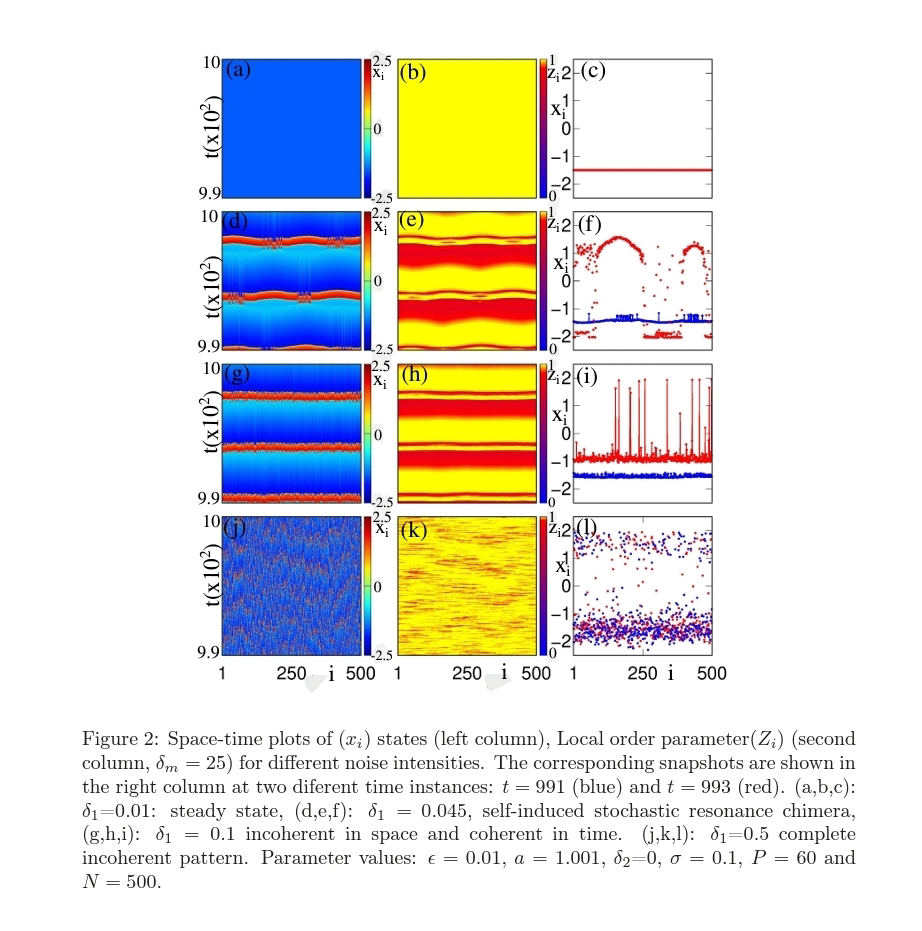<< The quantum fluctuations that pervade empty space spontaneously give birth to pairs of particles and antiparticles. Ordinarily, these pairs annihilate so promptly that their existence is virtual. But a powerful field can pull a pair’s members apart for long enough that their existence becomes real. Now (AA) have proposed that particle pairs can be brought into existence by the immense gravitational tidal forces around a black hole (..).>>
<< If the vacuum is stable, all pairs that are created are also destroyed. But a strong field destabilizes the vacuum, makes some paths more likely than others, and leads to a deficit of pairs that recombine. The deficit is balanced by a net outflow of real particles, which, in the case of a black hole’s gravitational field, leads to the black hole’s eventual evaporation. >>️
Charles Day. Another Way for Black Holes to Evaporate. Physics 16, s77. Jun 2, 2023.
Michael F. Wondrak, Walter D. van Suijlekom, Heino Falcke. Gravitational Pair Production and Black Hole Evaporation. Phys. Rev. Lett. 130, 221502. Jun 2, 2023.
Also: 'black hole', in https://www.inkgmr.net/kwrds.html
Keywords: gst, black hole, astrophysics


